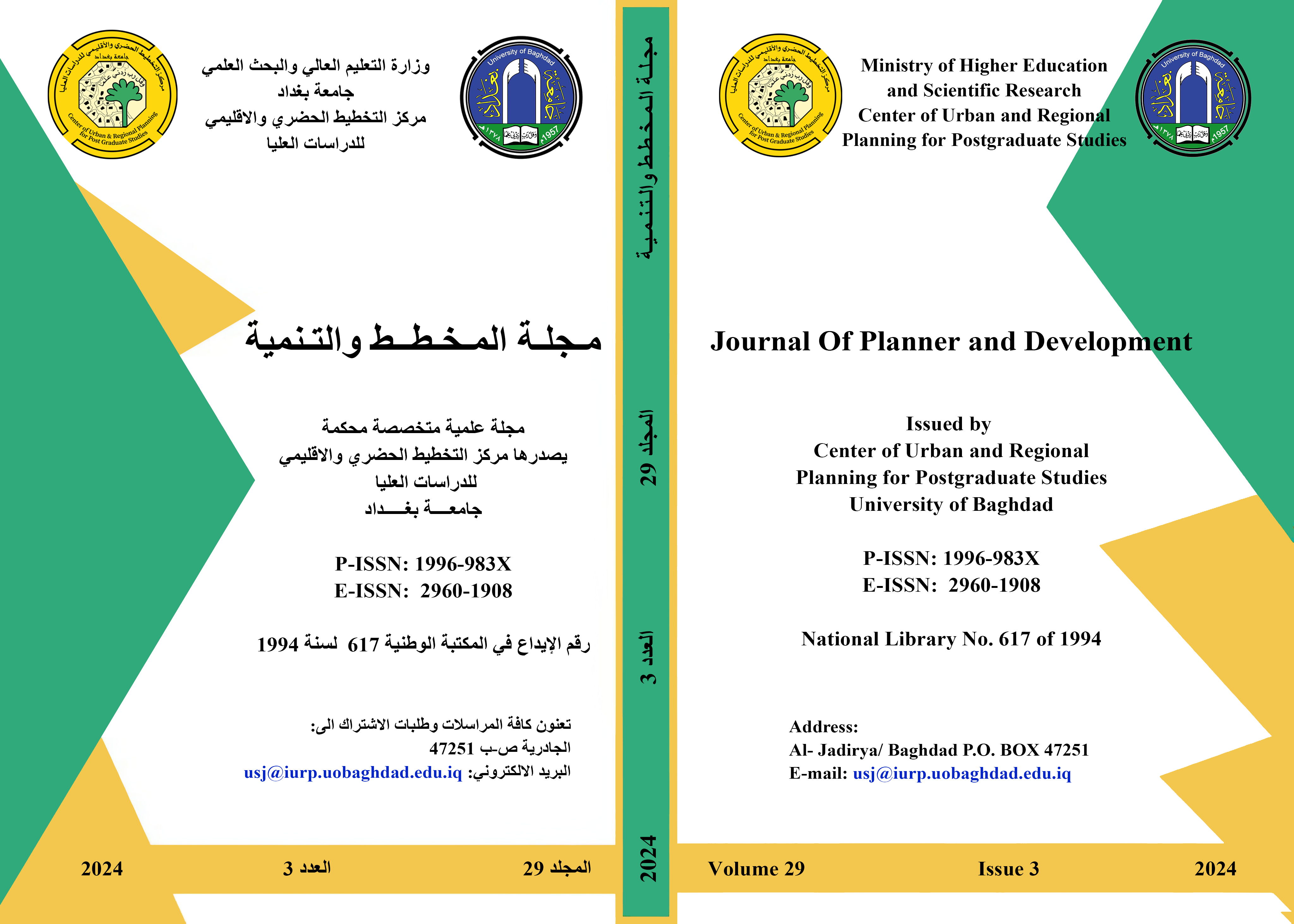Evaluating the Distribution of Educational Services Using GIS: A Case Study of Kut City, Iraq
Keywords:
Spatial analysis, GIS ,Educational access, Wasit, IraqAbstract
Iraq's education system has been facing significant challenges in providing quality educational services, particularly for schools. The most important of these challenges are the number of schools, their distribution, and the difficulty of reaching schools by students. The assessment and analysis of spatial patterns play a crucial role in enhancing the accessibility and quality of education using Geographic Information System (GIS). Spatial and attribute data of schools were collected by Wasit Education Directorate using GPS. Spatial analysis techniques were utilized for primary and secondary schools in Kut city/ Iraq , including kernel density and Moran's I. Kernel density values indicated primary school concentrations up to 91,660 in Kut district and secondary concentrations up to 79,879 in Kut. Moran's I detected no significant spatial autocorrelation for any schools. The results exposed considerable gaps in educational access and highlighted uneven, inequitable distribution of schools across Kut city. The techniques used offer valuable quantitative insights to inform evidence-based planning and policymaking.



